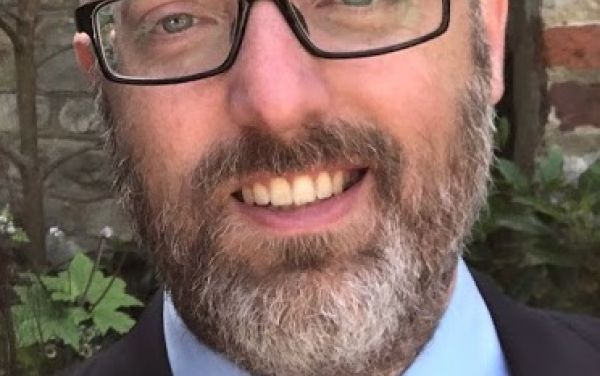Gov. Kathy Hochul secured $400 million in public and private funds for Empire AI — a consortium of SUNY, CUNY, and private universities and foundations — to position New York State at the forefront of AI research and innovation.
Albany, NY, April 30, 2024 - On Tuesday, Gov. Kathy Hochul highlighted the New York State’s initiatives to advance artificial intelligence, sharing her vision of making New York the next Silicon Valley.
“This is our Erie Canal moment,” Hochul said, “Whoever dominates the next era of AI, will dominate history, and indeed, the future.”
spotlightimage

Spotlight Link
Weight
Professors Niranjan Balasubramanian, from the Institute for AI-Driven discovery and Innovation, and Michalis Polychronakis, from the Department of Computer Science, have each received Amazon Research Awards to further advance their fields of research.
Interdisciplinary research team using AI, engineering, and knowledge of disease complications to create “CART.”
Join Stony Brook University researchers and CubicAcres as they transform vast farms into vertical towers and push the boundaries of human-robot collaboration.
Stretching the end of a road and huddled in a corner sheltered by trees, stand a series of shipping containers, home to the world’s most advanced vertical farms. Inside them, machines buzz to circulate air and water, and artificial lights shine on, bringing life to curtains of plants rising above. The scent of salad leaves is fresh in the air.
Can you tell which of these two reviews was written by a person?
- Absolutely stellar! From the moment I walked in, the Hilton Chicago exceeded expectations. The room was spacious, elegant, and offered breathtaking views of the city. The staff was incredibly friendly and accommodating, ensuring a seamless stay. With its prime location and top-notch amenities, this hotel is a definite must for anyone visiting Chicago.
- Stayed here for several nights. The hotel is quite rich in history and they do a great job of sharing that throughout the hotel. The location is terrific and within walking distance to so many things. Our room was well-appointed and housekeeping did a good job.
The answer: 2
Surprised?








